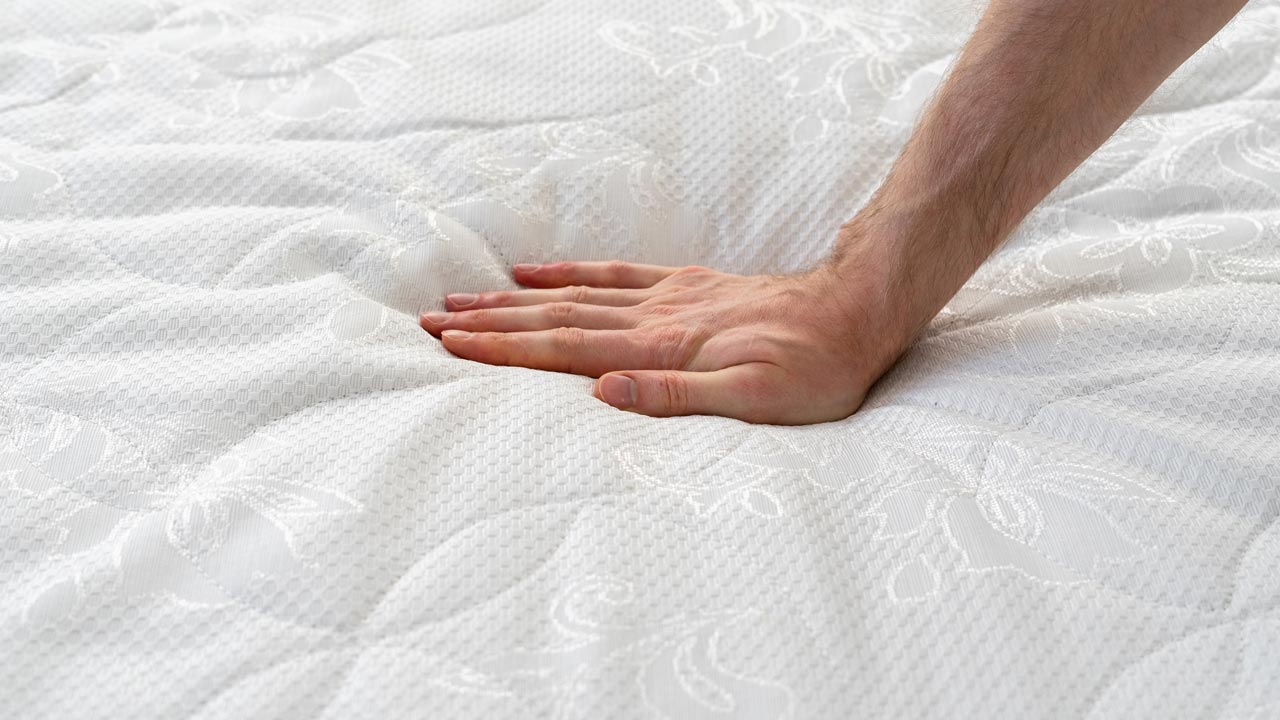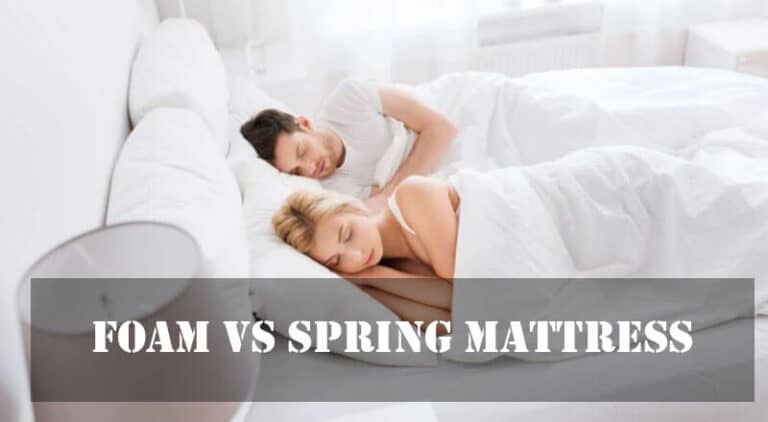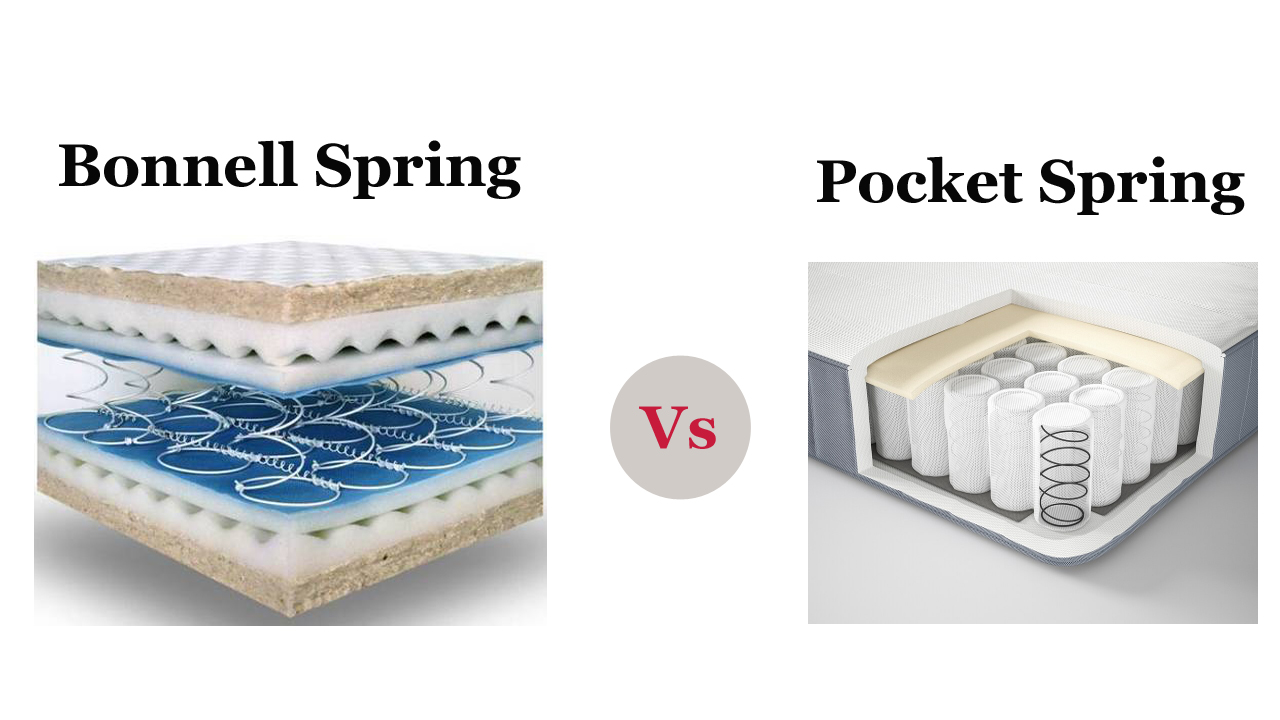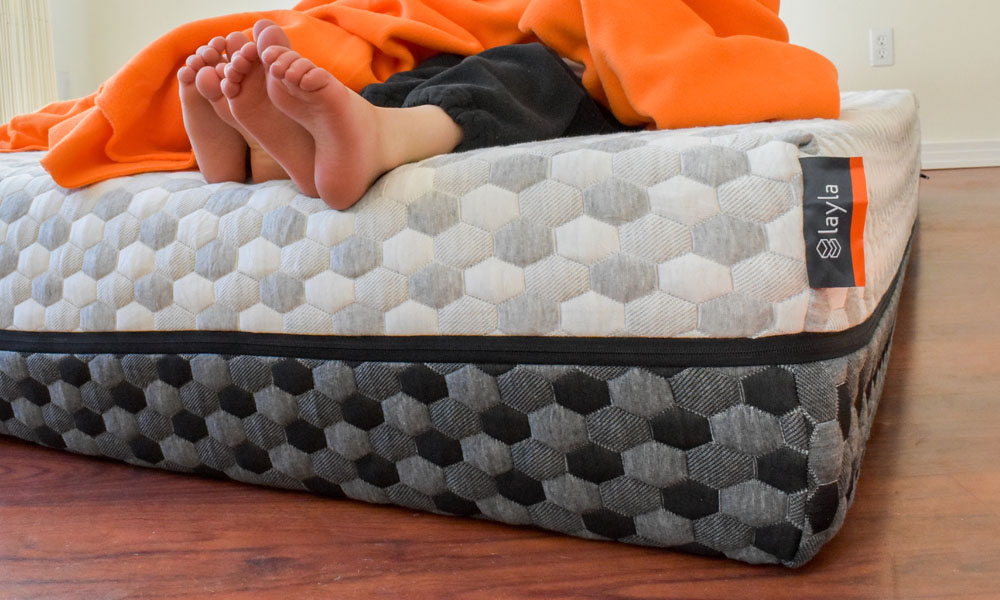When it comes to choosing a new mattress, you may be overwhelmed by the various options available on the market. Two popular choices are foam mattresses and spring mattresses, each offering their own unique benefits. In this article, we will explore the differences between these two types of mattresses and help you decide which one is better for you. Foam vs Spring Mattress: Which One is Better for You?
First, let's take a look at the construction of these two types of mattresses. Foam mattresses are made of layers of foam, typically including memory foam, latex foam, or polyurethane foam. These layers work together to provide support and contour to your body while you sleep. On the other hand, spring mattresses, also known as innerspring mattresses, are made of metal coils that provide support and bounce. These coils are typically topped with layers of foam or padding for added comfort. One key difference between foam and spring mattresses is the level of motion isolation. Foam mattresses tend to absorb movement, making them a good option for couples or light sleepers who are easily disturbed by their partner's movements. Spring mattresses, on the other hand, have more bounce and may transfer more motion, which may be an issue for some sleepers. The Differences Between Foam and Spring Mattresses
When it comes to choosing between a foam and spring mattress, it ultimately depends on your personal preferences and needs. Foam mattresses are known for their pressure-relieving abilities, making them a great choice for those who suffer from back pain or joint pain. They also tend to have a longer lifespan compared to spring mattresses. However, if you prefer a more traditional feel and enjoy the bounce of a spring mattress, then that may be the better option for you. Spring mattresses also tend to be more affordable compared to foam mattresses. Foam vs Spring Mattress: Which One Should You Choose?
Aside from construction and feel, there are other factors to consider when choosing between a foam and spring mattress. These include support, comfort, and durability. When it comes to support, foam mattresses are known for their ability to contour to your body and provide even support throughout the night. This can be especially beneficial for those with back pain or other body aches. On the other hand, spring mattresses may offer more targeted support, as the coils can be strategically placed to provide support where needed. In terms of comfort, both foam and spring mattresses have their own advantages. Foam mattresses provide a plush, cradling feel that can be ideal for those who prefer a soft sleeping surface. Spring mattresses, on the other hand, offer a more traditional feel with added bounce and responsiveness. When it comes to durability, foam mattresses tend to have a longer lifespan compared to spring mattresses. This is because foam is less likely to sag or develop body impressions over time. Spring mattresses may need to be replaced more frequently, especially if you tend to sleep in the same spot every night. Understanding the Differences Between Foam and Spring Mattresses
Before making a decision, it's important to consider the pros and cons of each type of mattress. Pros of Foam Mattresses: Pros and Cons of Foam and Spring Mattresses
As mentioned earlier, both foam and spring mattresses offer different types of support. Foam mattresses provide even support throughout the body, while spring mattresses have more targeted support due to the placement of the coils. Ultimately, the level of support you need will depend on your body type and sleeping preferences. Foam vs Spring Mattress: Which One Provides Better Support?
Comfort is subjective and can vary from person to person. Some people may find the plush, contouring feel of a foam mattress to be more comfortable, while others may prefer the traditional bounce of a spring mattress. It's important to try out both types of mattresses and see which one feels more comfortable for you. Comparing the Comfort Levels of Foam and Spring Mattresses
When it comes to durability, foam mattresses tend to have a longer lifespan compared to spring mattresses. This is because foam is less likely to develop sagging or body impressions over time. However, both types of mattresses can last for several years with proper care and maintenance. Foam vs Spring Mattress: Which One is More Durable?
One major factor to consider when choosing between a foam and spring mattress is the cost. Foam mattresses tend to be more expensive compared to spring mattresses, but this can vary depending on the brand and materials used. It's important to set a budget and consider the long-term investment when making your decision. The Cost Differences Between Foam and Spring Mattresses
Now that you have a better understanding of the differences between foam and spring mattresses, it's time to make a decision. Here are some tips to help you choose the right mattress for you: How to Choose Between a Foam and Spring Mattress
The Main Differences Between Foam Mattresses and Spring Mattresses for House Design

Which Mattress is Best for Your House?
 When it comes to choosing a mattress for your house, there are a variety of options available in the market. However, two of the most popular choices are foam mattresses and spring mattresses. While both of these mattresses offer comfort and support, they differ in terms of construction, materials, and overall feel. Let's take a closer look at the main differences between foam mattresses and spring mattresses for house design.
Foam Mattresses:
Foam mattresses are made from layers of foam, usually memory foam or latex foam. These mattresses are known for their ability to conform to the shape of your body, providing pressure relief and support where you need it most. Foam mattresses are also great at isolating motion, making them a good choice for couples who are easily disturbed by their partner's movements.
There are two main types of foam mattresses:
memory foam
and
latex foam
. Memory foam mattresses are made from a material that responds to heat and pressure, contouring to your body shape and providing a hugging sensation. On the other hand, latex foam mattresses are made from natural or synthetic rubber and are known for their bounciness and responsiveness.
When it comes to choosing a mattress for your house, there are a variety of options available in the market. However, two of the most popular choices are foam mattresses and spring mattresses. While both of these mattresses offer comfort and support, they differ in terms of construction, materials, and overall feel. Let's take a closer look at the main differences between foam mattresses and spring mattresses for house design.
Foam Mattresses:
Foam mattresses are made from layers of foam, usually memory foam or latex foam. These mattresses are known for their ability to conform to the shape of your body, providing pressure relief and support where you need it most. Foam mattresses are also great at isolating motion, making them a good choice for couples who are easily disturbed by their partner's movements.
There are two main types of foam mattresses:
memory foam
and
latex foam
. Memory foam mattresses are made from a material that responds to heat and pressure, contouring to your body shape and providing a hugging sensation. On the other hand, latex foam mattresses are made from natural or synthetic rubber and are known for their bounciness and responsiveness.
Pros of Foam Mattresses for House Design:

- Excellent pressure relief and support
- Great motion isolation
- Durable and long-lasting
- Available in a variety of firmness levels
Cons of Foam Mattresses for House Design:

- Can retain heat and feel hot for some sleepers
- May have a chemical smell initially
- Some may find it too soft or too firm
Pros of Spring Mattresses for House Design:

- Good support and bounce
- Available in a variety of firmness levels
- Budget-friendly options available
- Good airflow and temperature regulation
Cons of Spring Mattresses for House Design:

- Can be noisy and have motion transfer
- May not provide enough pressure relief for some sleepers
- Less durable compared to foam mattresses
















































































